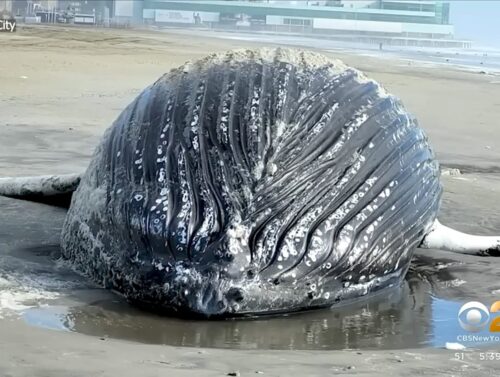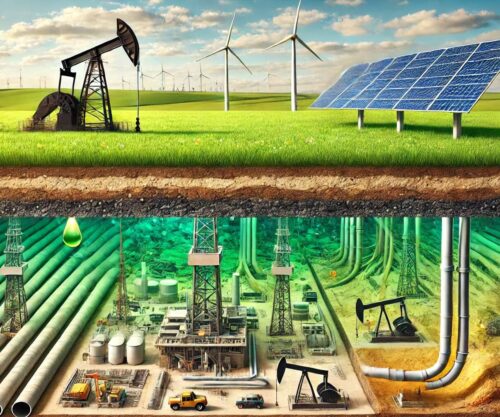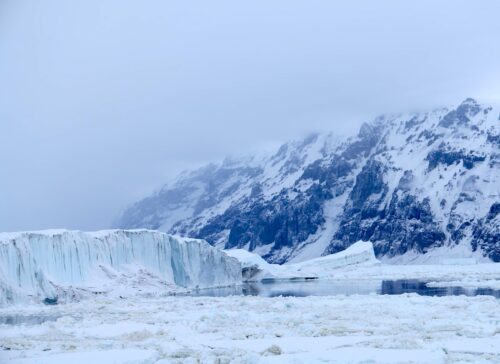
New York’s headlong push for an all-renewable electric grid is running out of gas. [emphasis, links added]
Or, to be more accurate, it’s colliding with New Yorkers who refuse to allow their farms, forests, and neighborhoods to be paved with oceans of solar panels and planted with forests of 600-foot-high wind turbines.
A new report commissioned by the New York Affordable Clean Power Alliance, which represents solar energy, wind energy, and independent power producers, concludes that the Empire State’s electric grid faces “hurdles in maintaining reliability” due in large part to its failure to meet “ambitious renewables targets.”
The state has “fallen short” of those eco-friendly goals because of such “challenges” as “local opposition” and “lack of transmission capacity.”
Local opposition? You don’t say.
You won’t hear much about it in legacy media outlets, but New York has been an epicenter of the backlash against Big Solar and Big Wind for two decades.
As early as 2007, the Catskills towns of Meredith and Bovina passed an ordinance banning wind projects after residents expressed concerns “about views, health, safety, noise, and property values.”
I created the Renewable Rejection Database to track the backlash against alternative energy. Since 2015, New York towns and counties have logged at least 78 rejections or restrictions of wind and solar projects.
That means close to 10% of the database’s 793 rejections have occurred in the Empire State. Only Ohio has recorded more.
Alt-energy promoters understand why rural residents are fighting back.
As Anne Reynolds, then the executive director of the Alliance for Clean Energy New York, admitted in 2018, “I personally think the arguments against wind energy are because people don’t want to see the turbines.”
New York’s climate plan, signed into law in 2019 by Gov. Andrew Cuomo, was never more than a hopium-filled wish list.
It requires the state to obtain 70% of its electricity from renewables by 2030 and 100% zero-carbon-emission electricity by 2040.
Achieving that, the plan says, would require “aggressive deployment of existing renewable energy” and batteries.
How aggressive? Very.
New York now has about 2,600 megawatts of wind-generation capacity. However, it has only added about 1,000 megawatts of new wind generation since 2012.
The state also has about 6,000 megawatts of solar capacity — not nearly enough juice to meet demand during the hot summer months, when peak loads exceed 33,000 megawatts statewide.
In 2020, the backlash against Big Solar and Big Wind led Albany to implement an executive law that gives state officials the authority to override local zoning laws and force communities to accept renewable projects they don’t want.
But not even that bureaucratic power play can solve New York’s looming electricity crisis.
According to the NYACPA report, the New York City area will “experience a generation shortfall starting in 2033, driven by an increase in peak demand and the planned retirement of existing dispatchable generation.”
Read: NYC will be plagued with blackouts and brownouts in the near future.
In addition to the possibility of electricity shortages, New York consumers are being hammered by cost increases due to the state’s renewable mandates.
In February, ConEd proposed a rate increase that will increase the cost of an average gas and electricity bill by $154 per month.
Those increases will add further pain to New Yorkers, who now pay about 24.4 cents per kilowatt-hour for their electricity — nearly 48% more than the US average.
More cost increases are coming.
The state’s climate plan hinges on a massive increase in offshore wind energy, among the most expensive ways of producing power.
Ratepayers will also be on the hook for some $26 billion worth of high-voltage transmission projects needed to accommodate more wind and solar.
The punchline here is obvious: New Yorkers have been duped.
Read rest at NY Post



















They don’t need all those Acres covered with Big Ugly Wind Turbines